EM@3AM: Brainstem Strokes
EMDocs
MAY 11, 2024
Answer : Brainstem stroke specifically in the pons resulting in locked in syndrome. CT head without contrast 1 is performed and reveals the following: Question: What is the diagnosis?
This site uses cookies to improve your experience. By viewing our content, you are accepting the use of cookies. To help us insure we adhere to various privacy regulations, please select your country/region of residence. If you do not select a country we will assume you are from the United States. View our privacy policy and terms of use.
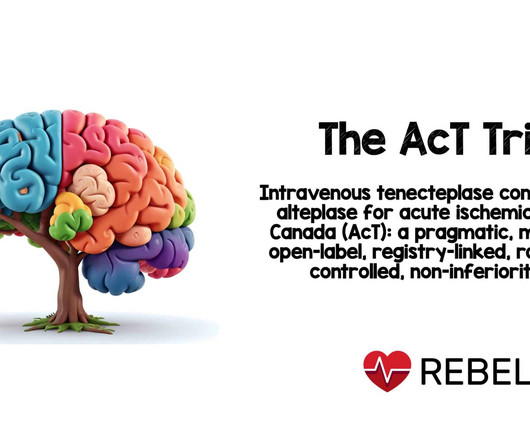
RebelEM
FEBRUARY 1, 2024
Background : Alteplase, a class of medication that converts plasminogen to plasmin leading to fibrin degradation and subsequent clot lysis, has been the standard of care for acute ischemic stroke (AIS) patients that meet eligibility criteria. mg/kg non-inferior to alteplase in the treatment of acute ischemic stroke? vs Alteplase 34.8%
This site is protected by reCAPTCHA and the Google Privacy Policy and Terms of Service apply.
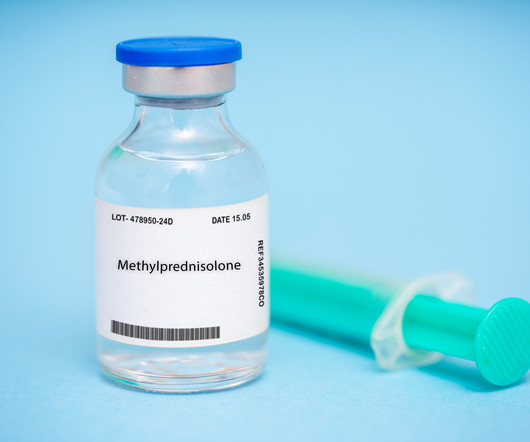
PulmCCM
MAY 3, 2024
While outcomes from acute ischemic stroke due to large vessel occlusion in the anterior circulation have improved substantially in the era of thrombolytics and mechanical thrombectomy, overall outcomes remain poor. ” However, that was in the era before mechanical thrombectomy. Along with endovascular thr… Read more

EM Literature of Note
SEPTEMBER 11, 2023
MARISS tried to ascertain predictors of poor outcome in mild stroke, and intravenous thrombolysis was not associated with an effect on the primary outcome. Now, again, we examine thrombolysis in “mild” stroke, in this case, NIHSS ≤3 – and fail. Well, PRISMS demonstrated unfavorable results.
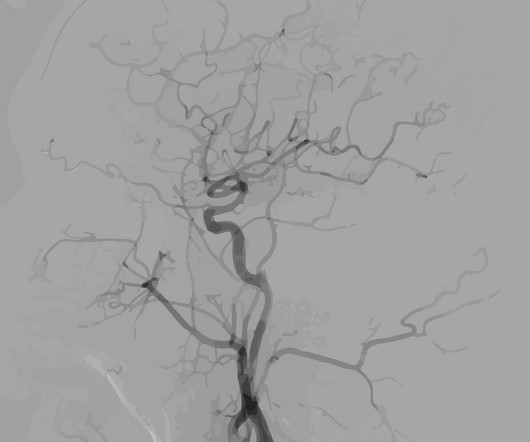
PulmCCM
MAY 12, 2024
Endovascular thrombectomy became standard care for ischemic strokes resulting from large vessel occlusion (LVO) in the anterior cerebral circulation after randomized trials published in the mid-2010s showed improved outcomes with the intervention. The LASTE Trial: Thrombectomy f… Read more
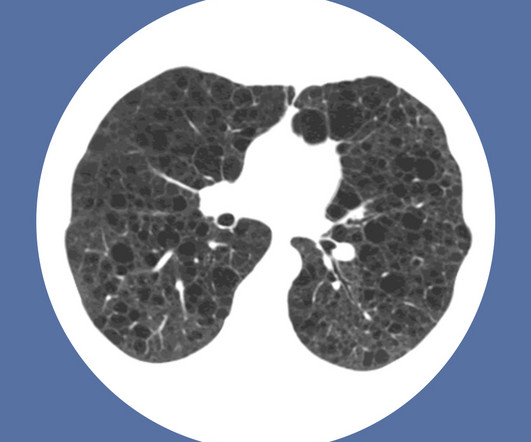
PulmCCM
SEPTEMBER 21, 2023
Blood pressure often rises during acute ischemic strokes, in what is widely held to be a natural protective mechanism: increased blood pressure pushes more blood through and around stenotic blood vessels into areas of injured, oxygen-starved brain.
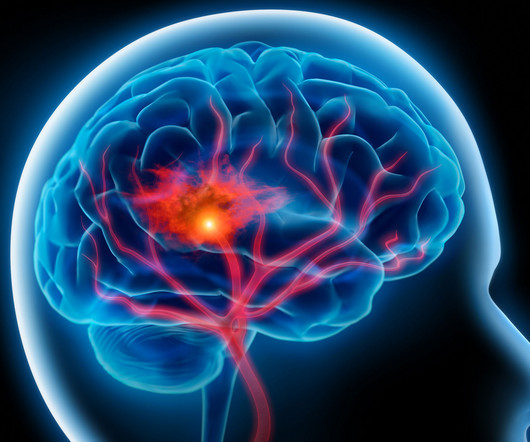
EM Ottawa
MAY 6, 2024
Editorial: Expanding Treatment for Acute Ischemic Stroke beyond Revascularization.
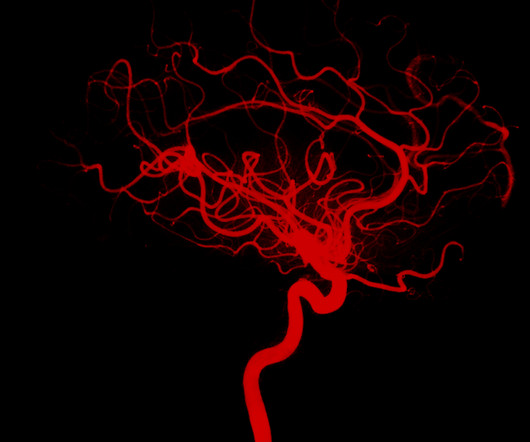
PulmCCM
APRIL 19, 2024
There were lingering hopes that for patients with ischemic stroke, adding parenteral anticoagulation after thrombolytic therapy might improve outcomes.

American Medical Compliance
APRIL 17, 2024
The following Effective Management of Dysphagia in Stroke Patients Training educates healthcare providers (HCP) on the structures involved in swallowing. million stroke survivors in the US. Aspiration pneumonia is the most common consequence of dysphagia following a stroke.

ACEP Now
OCTOBER 10, 2023
The CT scan reveals a hemorrhage in the right internal capsule, suggestive of acute hypertensive hemorrhagic stroke. Both INTERACT-2 and ATACH-2 showed no statistical difference in their primary outcome between intensively lowering the BP and a less-intensive strategy. Reference Ma LM, Hu X, Song L, et.
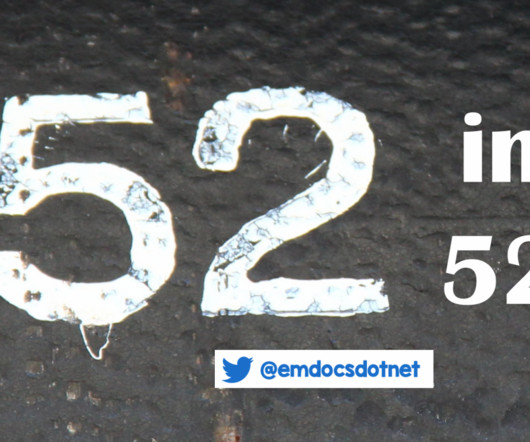
EMDocs
JULY 20, 2023
A second primary outcome was added at the 30-month time frame by request of the FDA, the trial was still blinded at that time. The blinded assessment of the primary outcome was done through both in-person interviews and over the telephone. POWER: 86% to detect a 1-point difference in the group’s first primary outcome.
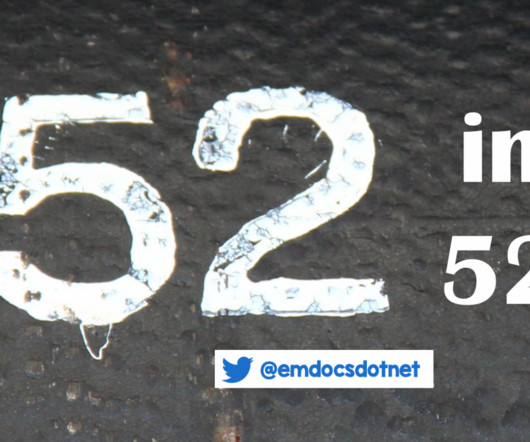
EMDocs
JUNE 8, 2023
This week we cover the EXTEND trial looking at thrombolysis up to 9 hours after stroke onset. and 9 hours after onset of symptoms, with non-infarcted brain tissue, does the administration of alteplase improve functional outcome at 90 days? Intervention: Alteplase 0.9 in alteplase group versus 0.9% to 53.54, p=0.053).
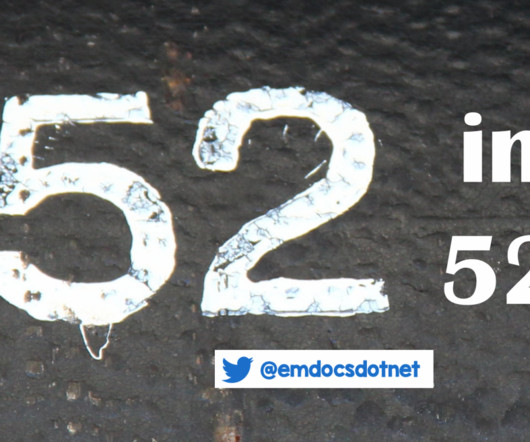
EMDocs
AUGUST 10, 2023
Inclusion criteria: Enrolled patients over the age of 18 with acute ischemic stroke with CTA confirmed occlusion of ICA, or M1 or M2 segment of MCA Within 4.5 1.40) No statistically significant difference in secondary outcomes No significant difference in safety outcomes Death 18% vs. 19%, RR 0.94 (0.68-1.30) N Engl J Med.

EM Literature of Note
SEPTEMBER 12, 2021
A couple months back, this little report – MaRISS – was published with minimal fanfare in Stroke. The stated purpose of this study: “The objective of this study is to describe multidimensional outcomes, identify predictors of worse outcomes, and explore the effect of thrombolysis in this population.” rate of sICH.
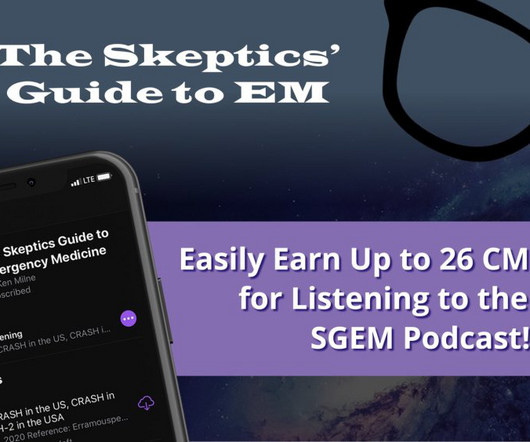
The Skeptics' Guide to EM
MAY 15, 2021
Daniel Schwerin is employed with Prisma Health-Upstate as a clinical assistant professor, emergency medicine GME director for emergency medical services and medical director for several local EMS agencies and has lectured on prehospital stroke management. Background: We have discussed stroke so many times on the SGEM.
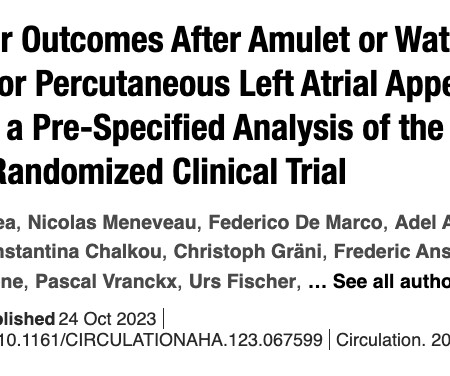
Sensible Medicine
NOVEMBER 6, 2023
Many doctors believe that closing the left atrial appendage (with a device) will help reduce stroke and bleeding. The idea behind stroke reduction is that occluding the appendage takes away a common area where clots form. This study report included only 45-day outcomes. This is a decidedly bad outcome. Pause there.
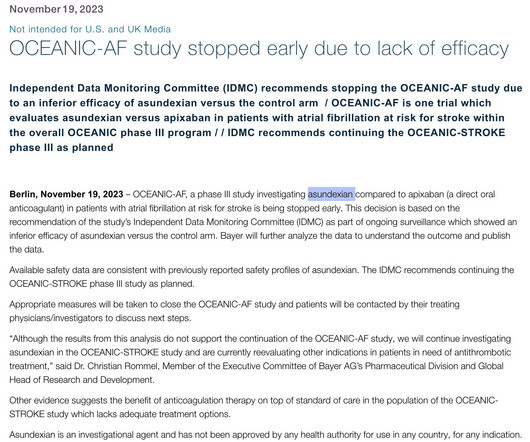
Sensible Medicine
NOVEMBER 20, 2023
That means reducing events caused by clots—like stroke. The OCEANIC AF trial enrolled patients with AF who had stroke risk factors. The primary outcome was stroke or systemic embolism. But, ultimately, a new medical intervention has to improve an important outcome as well as or better than standard care.

EMDocs
JANUARY 29, 2024
This article will discuss blood pressure goals and preferred pharmacotherapy for non-traumatic ischemic and hemorrhagic strokes. Ischemic Strokes: Ischemic stroke is characterized by a blockage of a blood vessel in the brain. The BP targets for patients with ischemic strokes depend on the available therapeutic options.
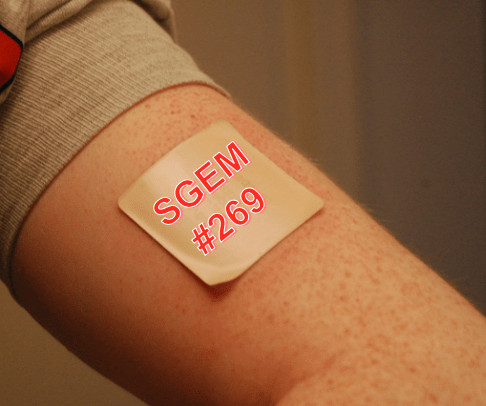
The Skeptics' Guide to EM
OCTOBER 5, 2019
Prehospital transdermal glyceryl trinitrate in patients with ultra-acute presumed stroke (RIGHT-2): an ambulance-based, randomized, sham-controlled, blinded, phase 3 trial. While preparing for transport you contemplate administering nitroglycerin due to the likelihood of stroke. The Lancet March 2019. The Lancet March 2019.

JournalFeed
NOVEMBER 26, 2022
Wake Up Strokes Spoon Feed In patients presenting with ‘wake-up’ strokes, endovascular therapy improves functional outcomes, while intravenous alteplase may also provide a small beneficial impact.

EMDocs
MARCH 19, 2024
Thromboembolism can lead to stroke (and this is a more common cause of stroke in the setting of sCAD than hypoperfusion). Epidemiology Common cause of strokes in young people; sCAD accounts for 15-24% of strokes in patients < 45 years. Rare cause of stroke overall – incidence is 1.72

Sensible Medicine
OCTOBER 2, 2023
The general concept is how trials measure, report and interpret outcomes. Before any experiment, choices have to be made about which outcome(s) to measure. People will argue about the choices, but a steadfast rule should be that reporting outcomes should be consistent over time. More on the specifics in a moment. The HR was 1.3
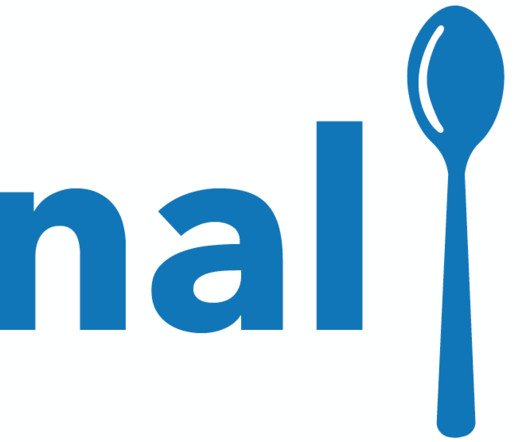
EMDocs
MAY 4, 2024
. #2: The Endovascular Therapy Train Continues Onward Spoon Feed This was an exploratory analysis of the recently published SELECT2 trial, which randomized 352 adults with acute ischemic stroke due to carotid or M1 MCA occlusion to endovascular thrombectomy (EVT) or medical management.

PulmCCM
MAY 18, 2024
The clinical relevance is unclear, though, as patient-centered outcomes were not improved, and andexanet resulted in more serious thrombotic events than PCC. Factor Xa inhibitors (apixaban, rivaroxaban, and edoxaban in the U.S.)
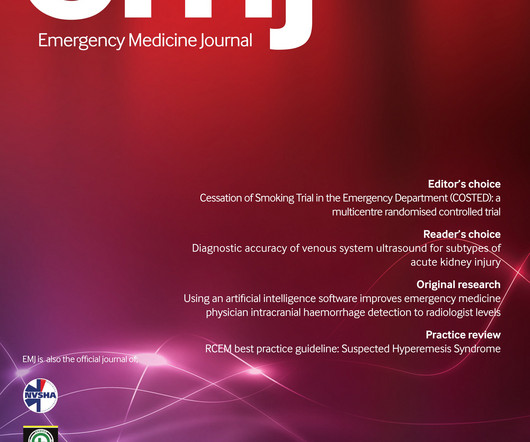
Emergency Medicine Journal
APRIL 22, 2024
A short cut review of the literature was carried out to examine the evidence supporting antithrombotic treatment and/or endovascular therapy to reduce mortality and/or prevent future stroke following blunt cerebrovascular injury (BCVI). Five papers were identified as suitable for inclusion using the reported search strategy.

The Skeptics' Guide to EM
APRIL 25, 2020
Effectiveness of emergency physician determinations of the need for thrombolytic therapy in acute stroke. Effectiveness of emergency physician determinations of the need for thrombolytic therapy in acute stroke. There is no previous history of stroke. We have covered acute ischemic stroke many times on the SGEM.
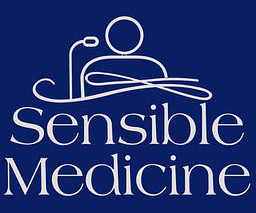
Sensible Medicine
FEBRUARY 13, 2024
In brief, the trial compared apixaban vs aspirin in patients who had had a stroke of unknown source and evidence of atrial cardiopathy. Recurrent stroke (the primary endpoint) occurred in 40 patients in each group. Apixaban did not reduce the rate of recurrent stroke over aspirin in these patients. The hazard ratio was 1.00.
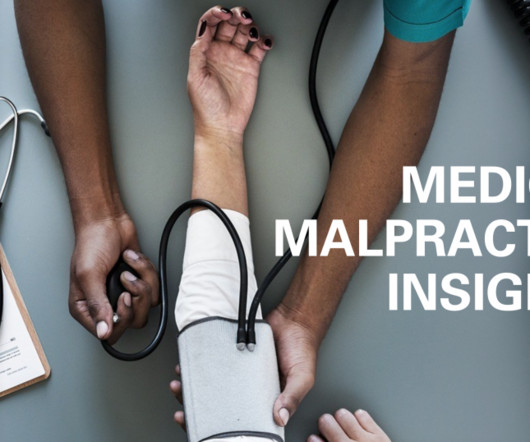
EMDocs
FEBRUARY 28, 2024
Code Stroke is called and he is seen by a neurologist within 10 minutes. He is admitted with a diagnosis of brainstem stroke and treated by the neurologist with ASA only. He undergoes a thrombectomy, but his outcome is poor. Plaintiff : The family’s concern is that a delay in appropriate treatment led to his poor outcome.
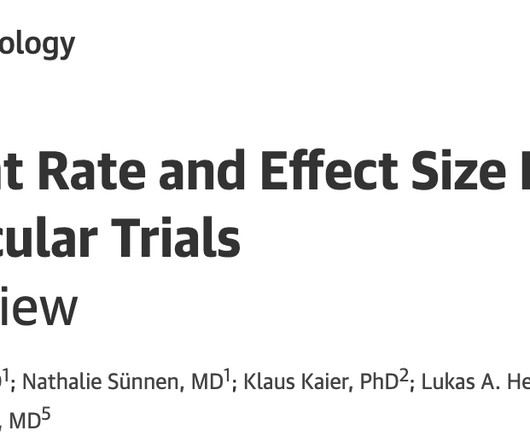
Sensible Medicine
MAY 6, 2024
A treatment to reduce stroke is tested in a clinical trial. of patients had a stroke vs 2.9% In the PROTECTED TAVR trial, the confidence intervals went from -1.7% (a lower stroke rate) to 0.5% (a higher rate of stroke). In the treatment group, 2.3% in the control arm. difference is signal or noise. Emphasis mine.)
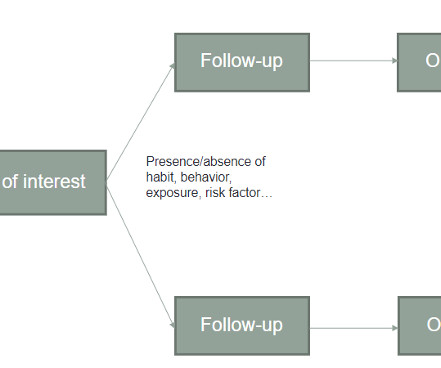
Sensible Medicine
APRIL 9, 2024
A cohort study tells you about the risk of a certain group of people or patients developing an outcome. For example, what are the rates of stroke in patients with chronic atrial fibrillation and in similar people without Afib? This is (mostly) how the Users’ Guides article examines them. Read more
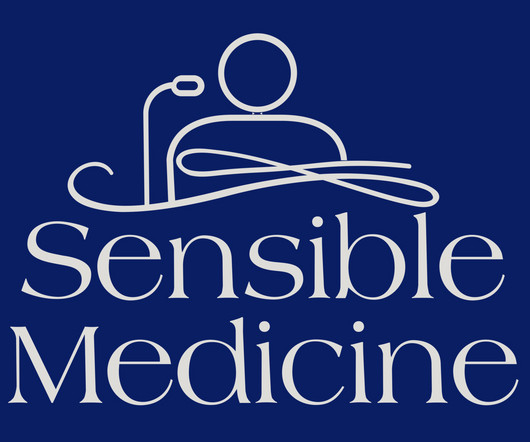
Sensible Medicine
JUNE 5, 2023
Did the new treatment reduce the bad outcome so much so that the difference meets a statistical threshold? Two examples explain the challenge of using statistics to judge science In large studies, a tiny difference in outcomes—one that is not “clinically” significant can easily reach statististical significance.
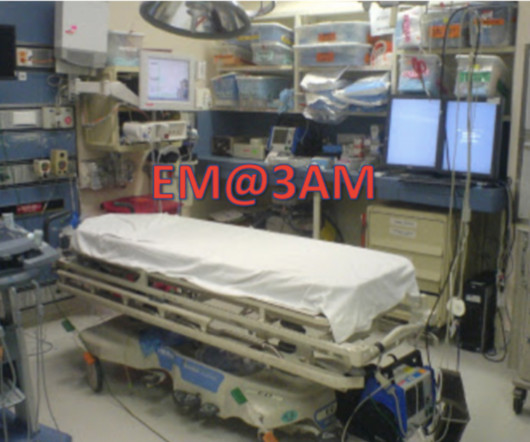
EMDocs
OCTOBER 21, 2023
Answer : Basilar Artery Occlusion Epidemiology: Basilar artery occlusion (BAO) is a subset of the posterior circulation strokes. Posterior circulation strokes are estimated to account for 20% of all strokes, with BAO accounting for ~1% of all strokes. Symptoms may range from days to months prior to stroke onset.
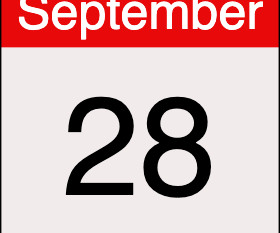
PulmCCM
SEPTEMBER 28, 2023
Systemic corticosteroids (such as intravenous dexamethasone) improve outcomes in severe pneumonia due to SARS-CoV-2 infection. It makes sense that inhaled steroids might improve outcomes from less severe infections. Do inhaled steroids improve Covid pneumonia? About two thirds of patients in each arm were vaccinated.

Emergency Medicine Ireland
NOVEMBER 30, 2020
Just to be clear up front we’re going to be talking about taking the lid off for stroke, NOT taking the lid off for TBI. Just to be clear up front we’re going to be talking about taking the lid off for stroke, NOT taking the lid off for TBI. I will get to TBI. I will get to TBI but they are really quite different topics.
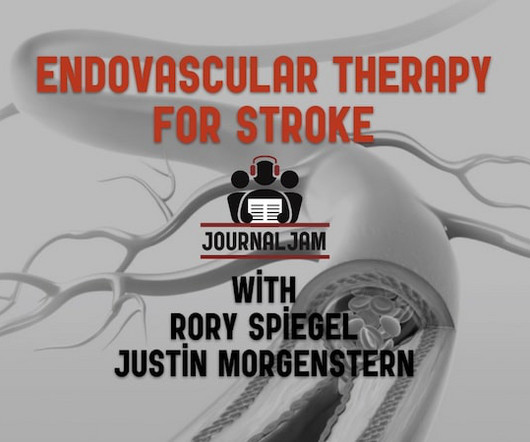
Emergency Medicine Cases
JULY 4, 2017
In this part 2 of EM Cases Journal Jam podcast on Thrombolysis and Endovascular Therapy for Stroke Justin Morgenstern, Rory Spiegel and Anton Helman do a deep dive into the world's literature on endovascular therapy for stroke. The post Journal Jam 10 Part 2 Endovascular Therapy for Stroke appeared first on Emergency Medicine Cases.

Taming the SRU
JANUARY 26, 2024
Wosiski-Kuhn and Stothers BP cuff sizing: Using a cuff too large results in lower SBP, using too small results in higher BP VTE risk with hormonal contraception and NSAIDS Isolated use + and contraception leads to IRR of 7.2 10 or greater days and high or moderate risk hormonal contraception amplifies risk to IRR of 44.8
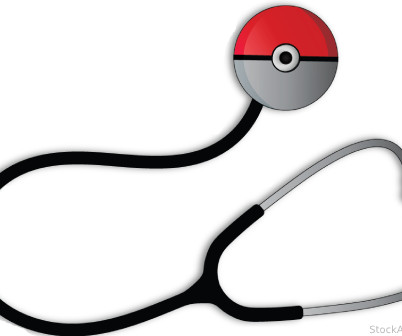
ACEP Now
MARCH 6, 2024
The PATCH-Trauma trial took a critical look at TXA in major trauma in the advanced trauma systems of Australia and found a mixed result: a slightly greater number of patients were still alive six months following TXA administration, but there was no difference in survival with a good functional outcome. What’s New in Stroke Care?
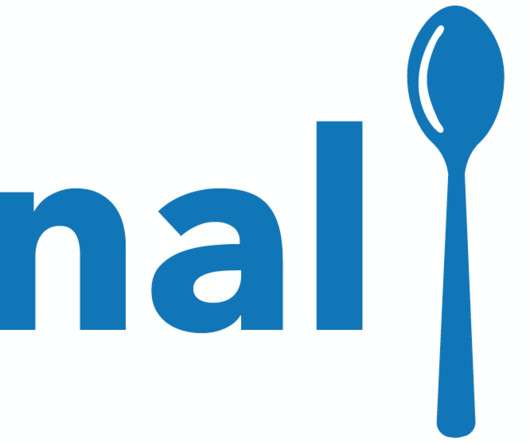
EMDocs
JANUARY 13, 2024
Spoon Feed High-dose nitroglycerin improves outcomes in patients with sympathetic crashing acute pulmonary edema (SCAPE) without significant side effects when compared to low-dose nitroglycerin. sodium chloride) reduced acute kidney injury and improved other outcomes in these pediatric patients with septic shock. Epub 2023 Jun 9. #3:

The Skeptics' Guide to EM
FEBRUARY 26, 2019
This has been through various peer reviewed publications, doing Emergency Medicine Abstracts (EMA) audio program […] The post SGEM Xtra: No Retreat, No Surrender – Thrombolysis for Acute Ischemic Stroke first appeared on The Skeptics Guide to Emergency Medicine. It appears his concerns may have come true. Six trials showed no benefit.
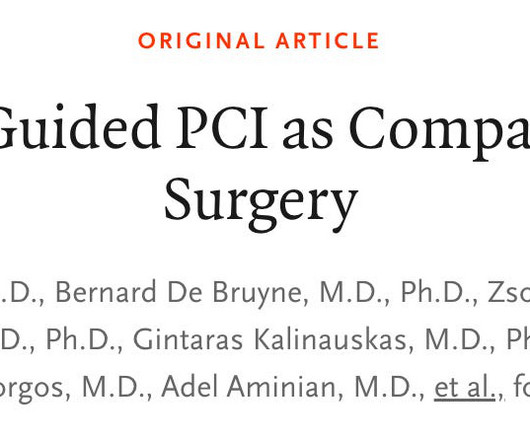
Sensible Medicine
OCTOBER 2, 2023
The general concept is how trials measure, report and interpret outcomes. Before any experiment, choices have to be made about which outcome(s) to measure. People will argue about the choices, but a steadfast rule should be that reporting outcomes should be consistent over time. More on the specifics in a moment. The HR was 1.3
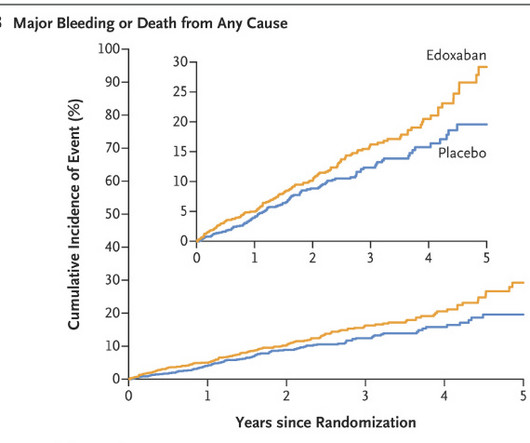
Sensible Medicine
AUGUST 28, 2023
Some background: In patients with certain risk factors, AF increases the risk of having a stroke. The increase in risk parallels the presence of risk factors, such as age, high blood pressure, diabetes, coronary disease, and previous stroke. Net benefit means stroke reduction > bleeding increase. in the placebo group.
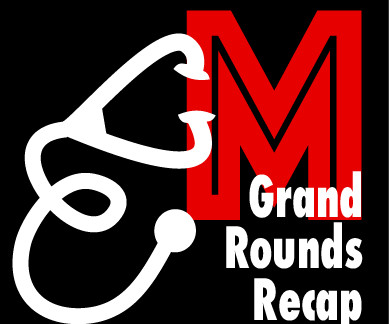
Taming the SRU
AUGUST 7, 2023
The patient needs a transvaginal ultrasound w/ doppler with gynecology consult and possible laparotomy TVUS is not just for torsion, it can also be used for ectopic pregnancies or pregnancy of unknown location Acute Ischemic Stroke Updates WITH Drs. hours increased the NNT for a good outcome to 20. The expanded window of 3-4.5

Sensible Medicine
NOVEMBER 28, 2023
The primary outcome was stroke or systemic embolism and the primary safety outcome was major bleeding. The mean age was about 77 years old and the patients were at high risk of stroke from atrial fibrillation with a mean CHA 2 DS 2 -VASc score of nearly 4. Patients were then randomly assigned to apixaban or 81 mg of ASA.
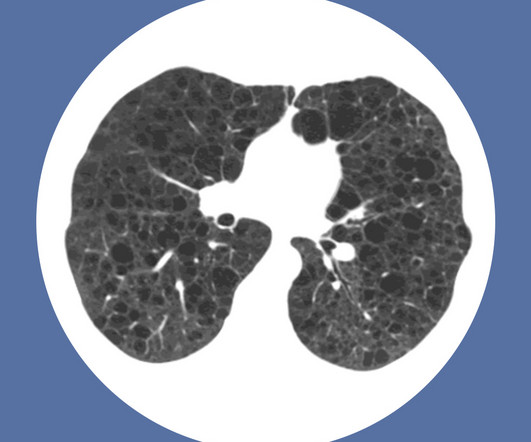
PulmCCM
SEPTEMBER 17, 2023
The Centers for Disease Control and Prevention formally called on hospitals to develop robust sepsis care programs to systematically identify and treat sepsis, track outcomes, and improve care delivery. Unlike strokes and STEMIs, sepsis has no gold standard for diagnosis. ” What is that, a sepsis Stasi?
Expert insights. Personalized for you.
We have resent the email to
Are you sure you want to cancel your subscriptions?

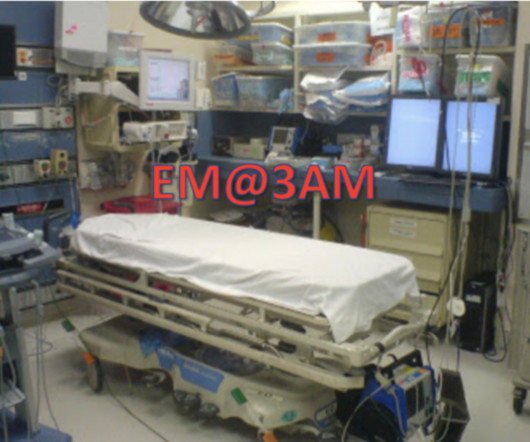

Let's personalize your content